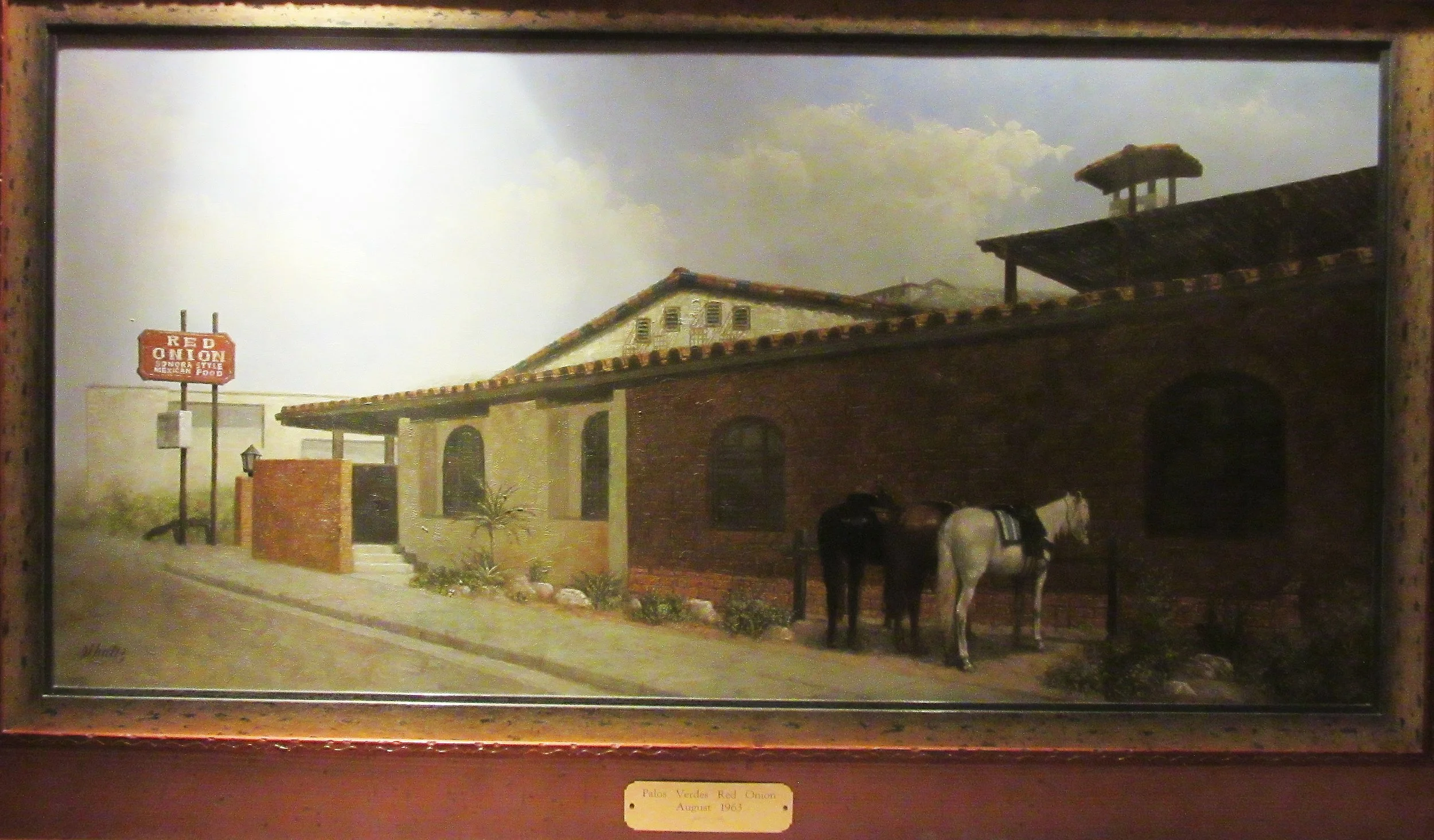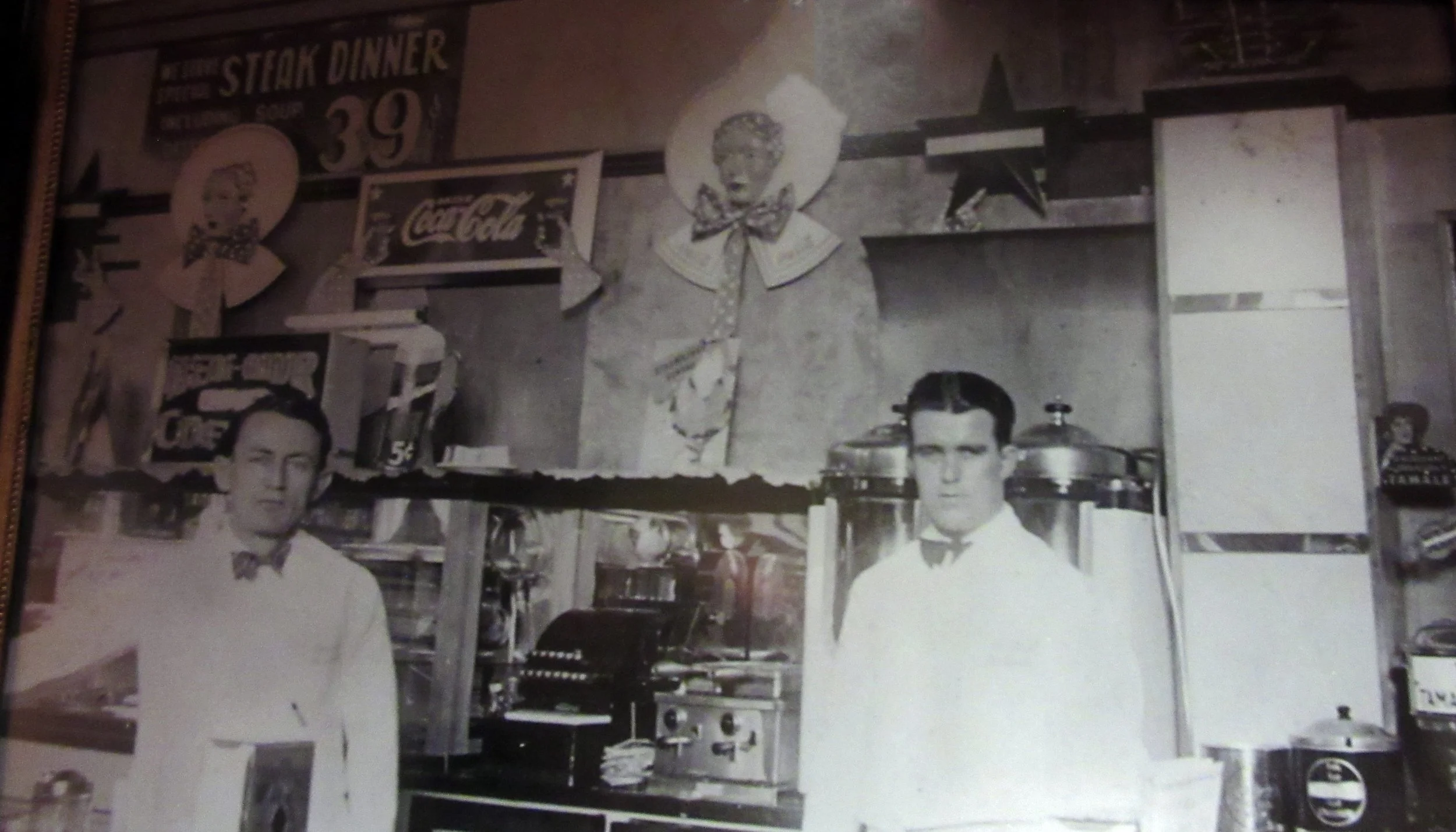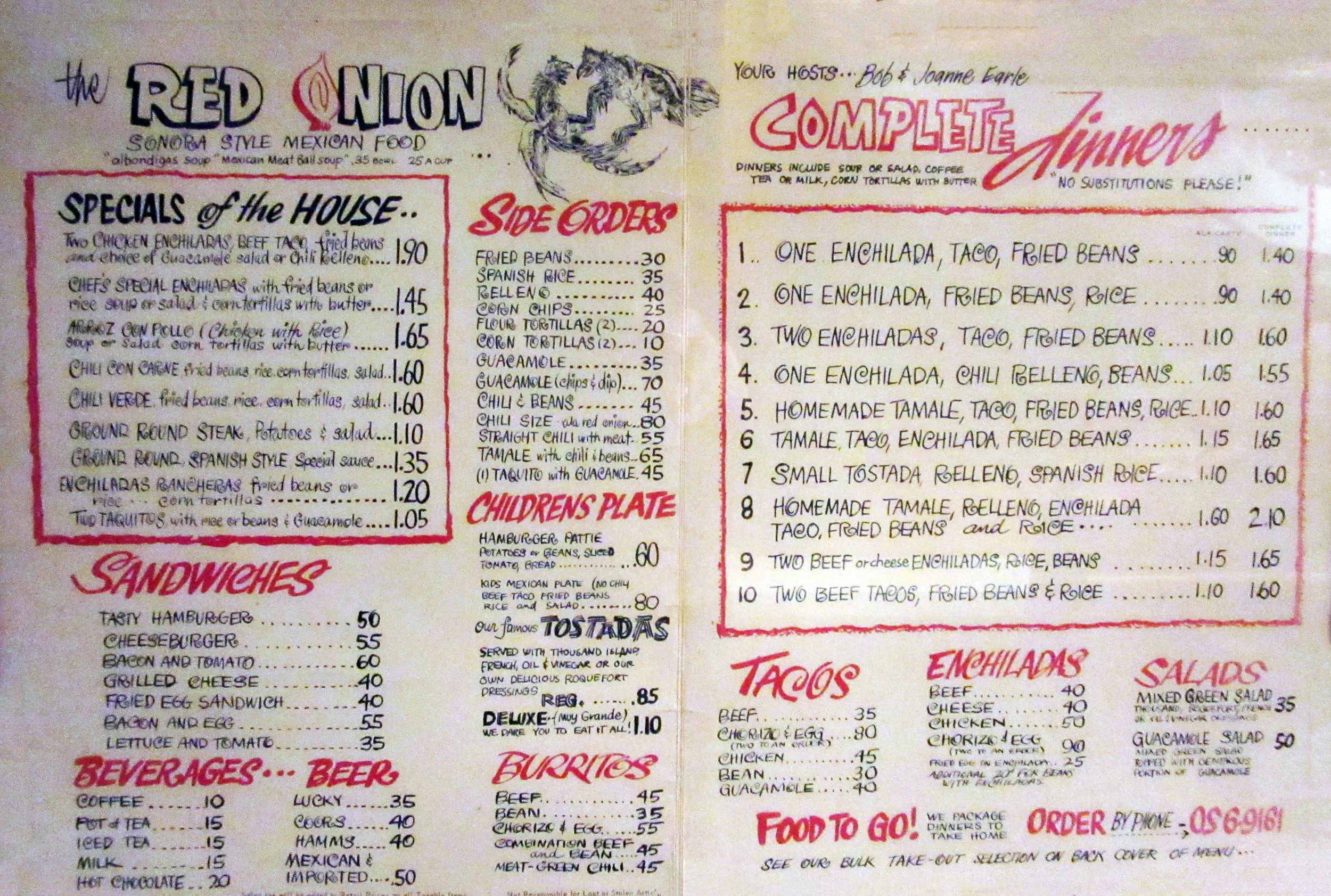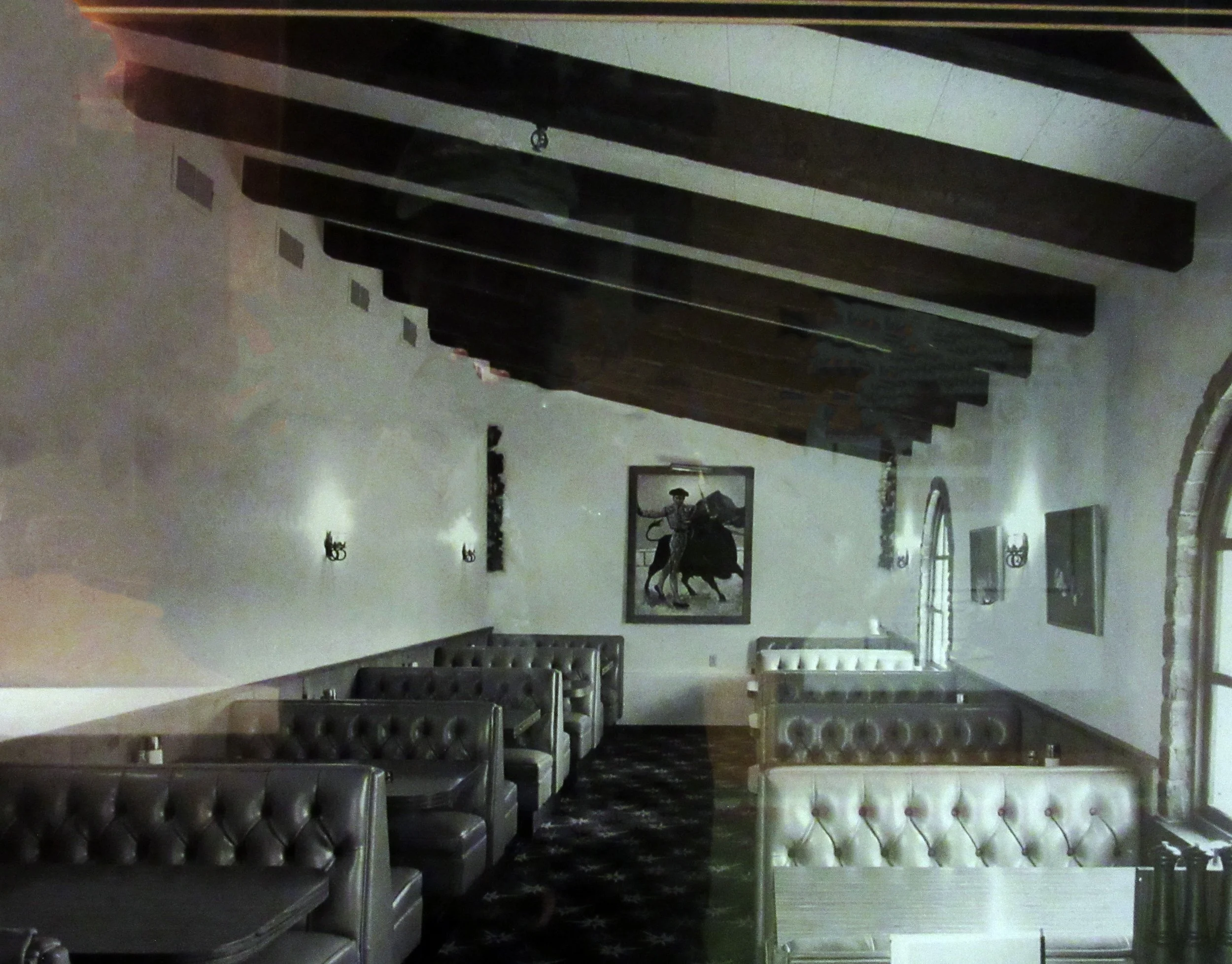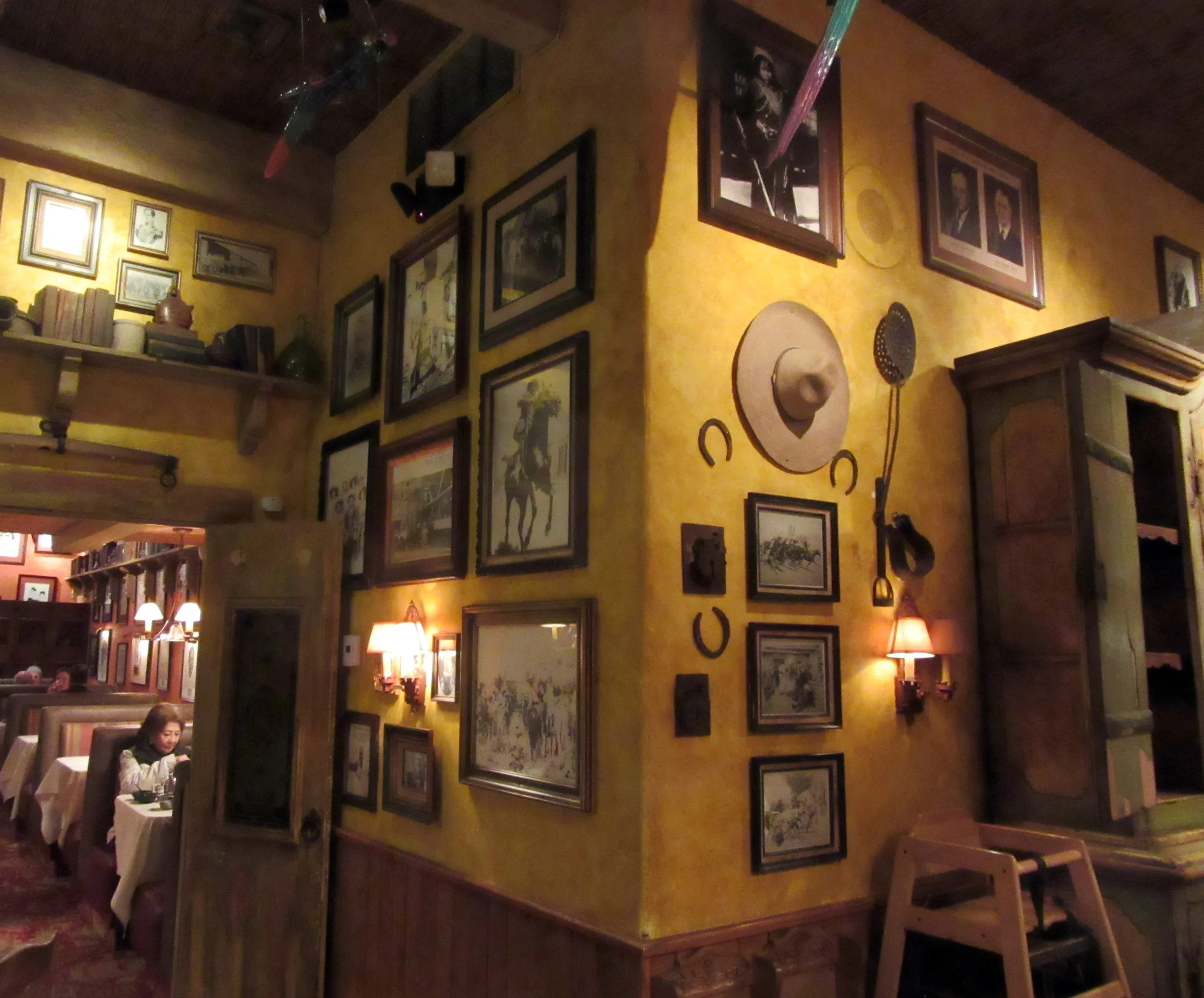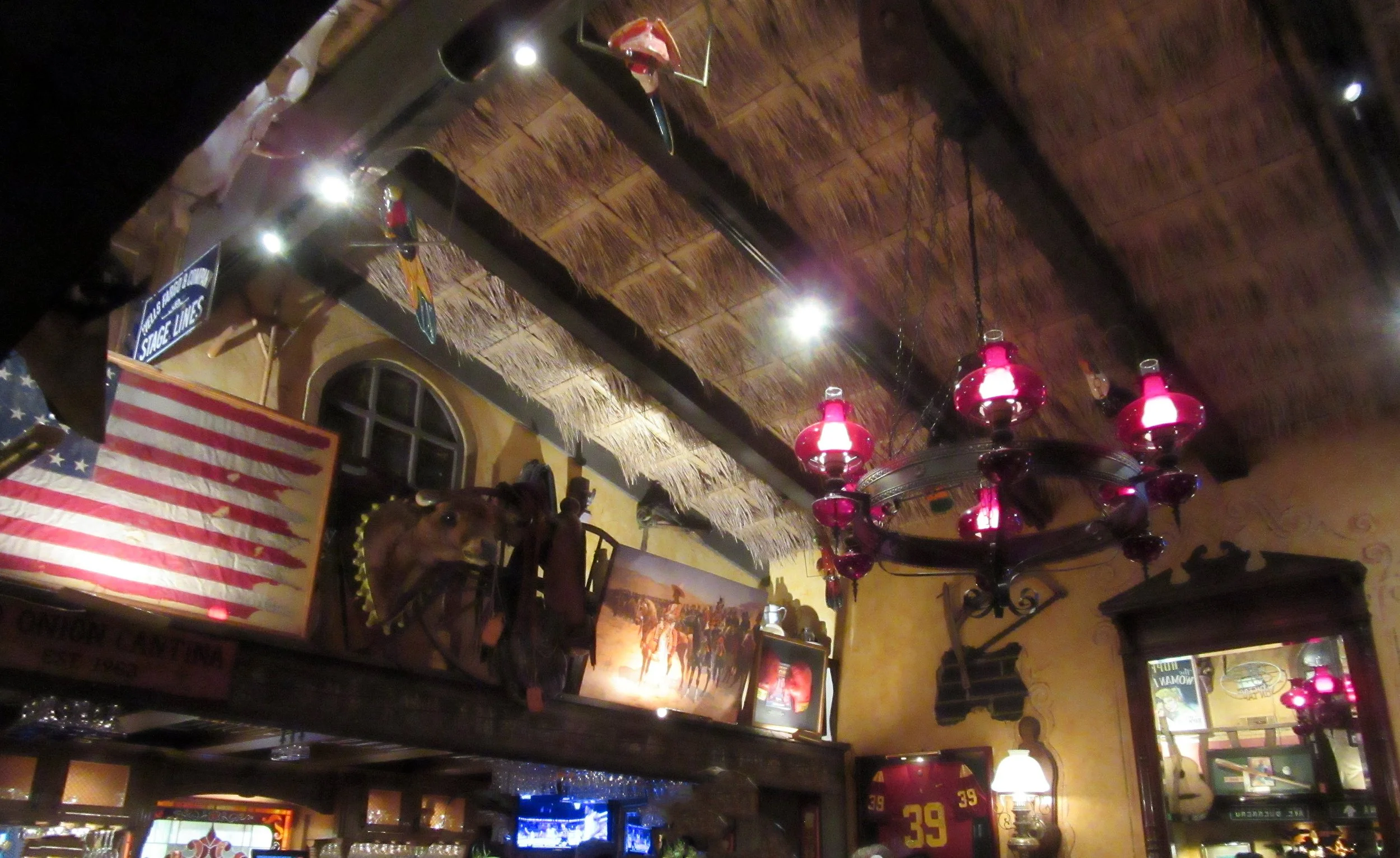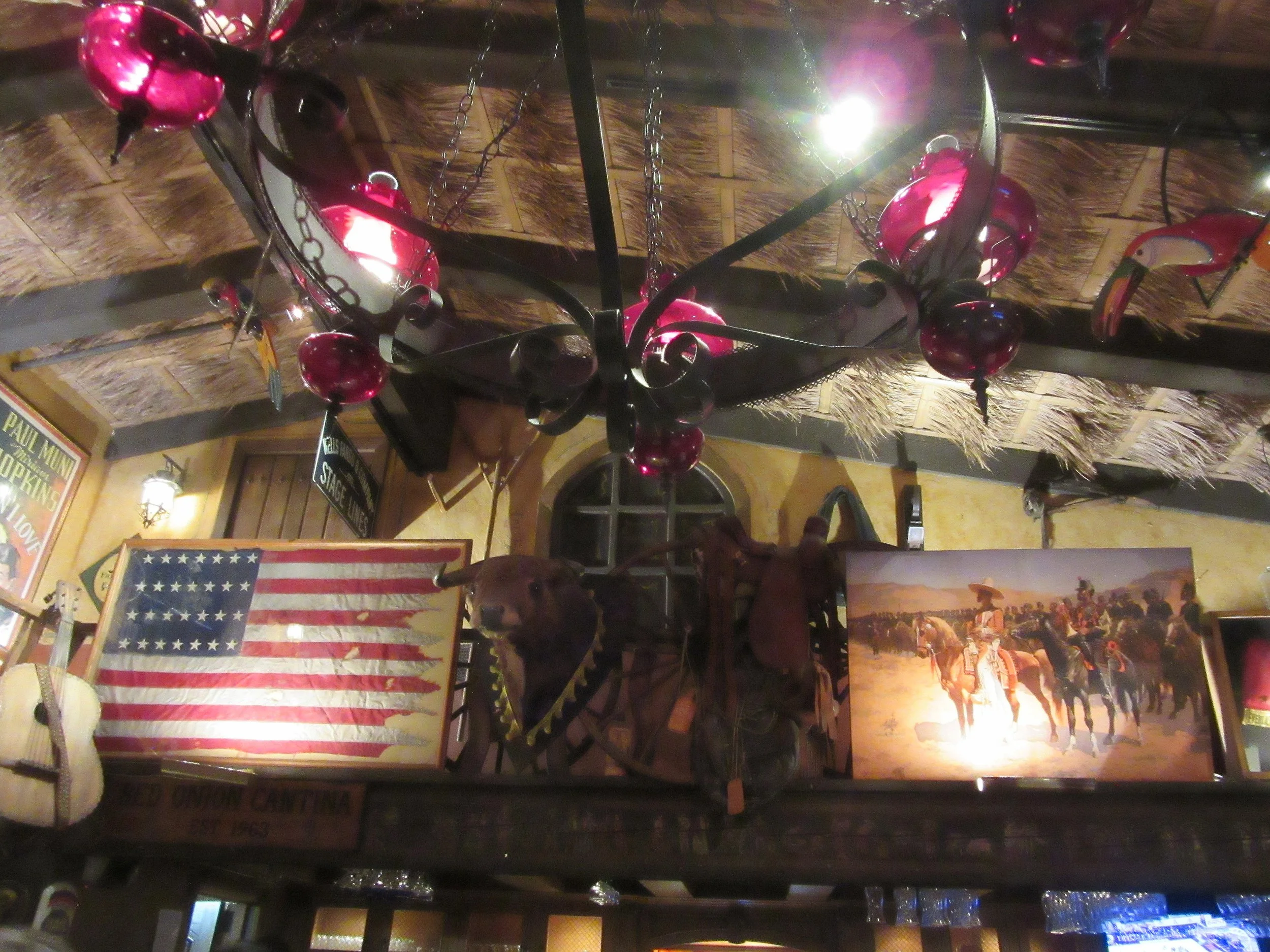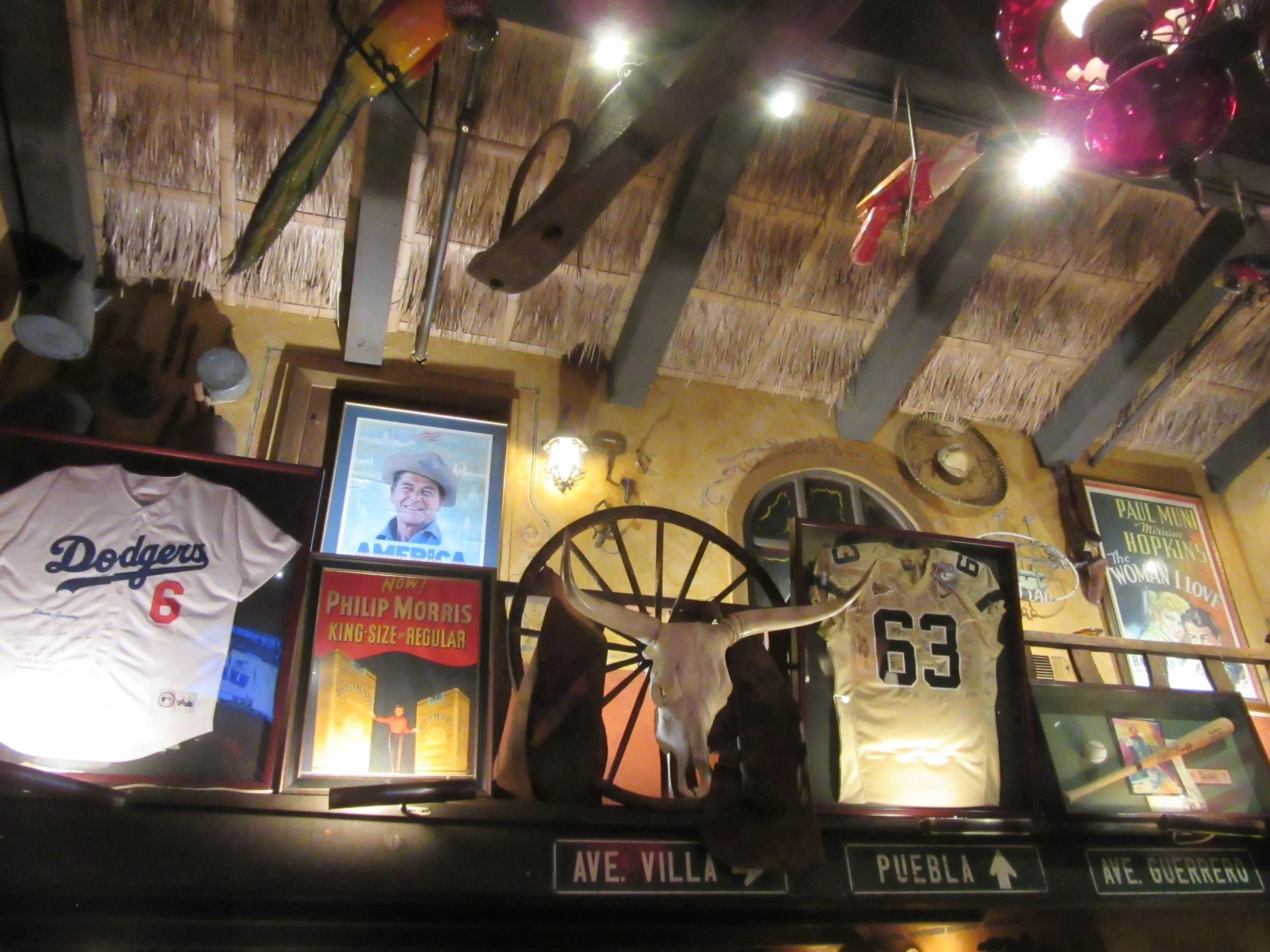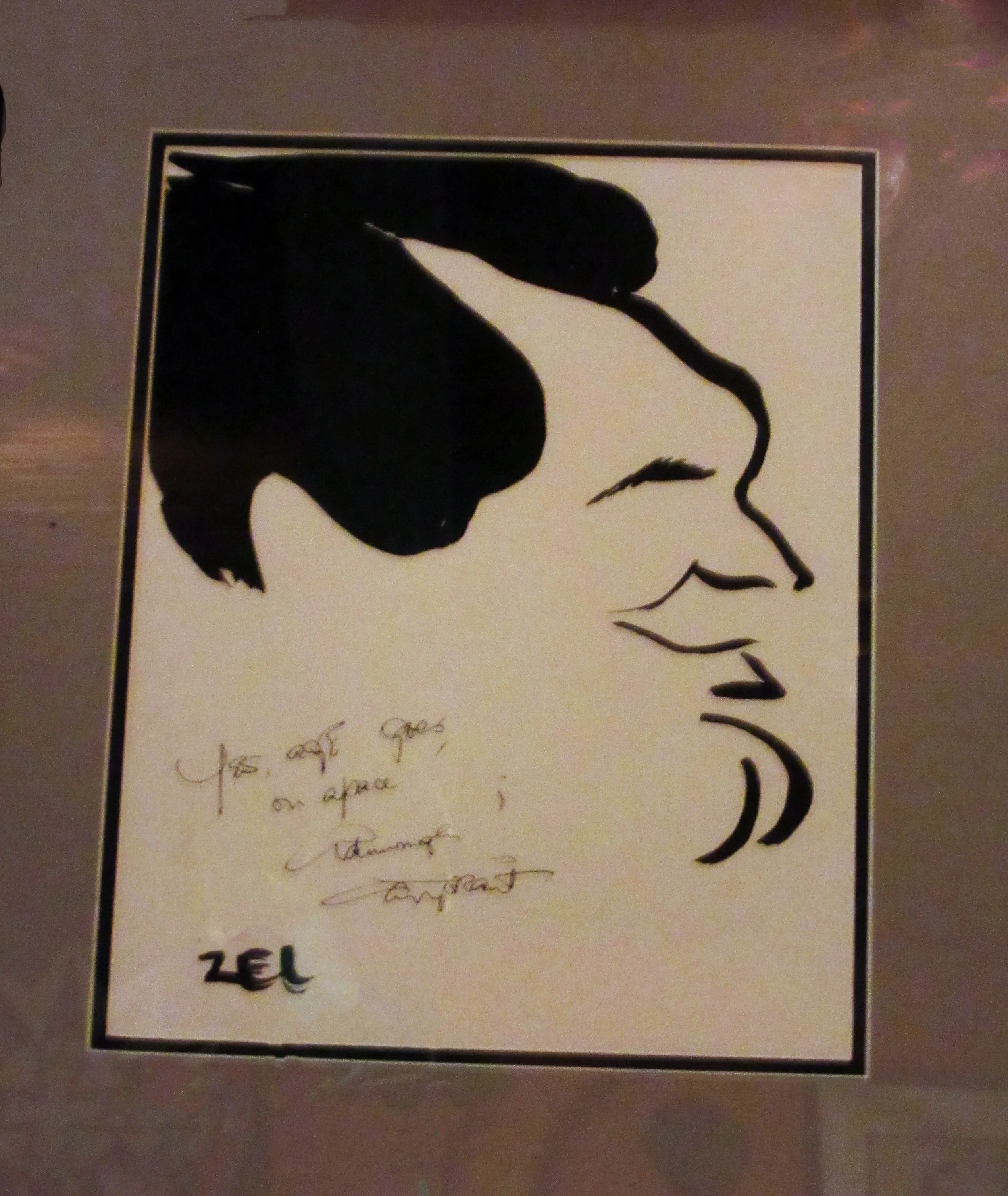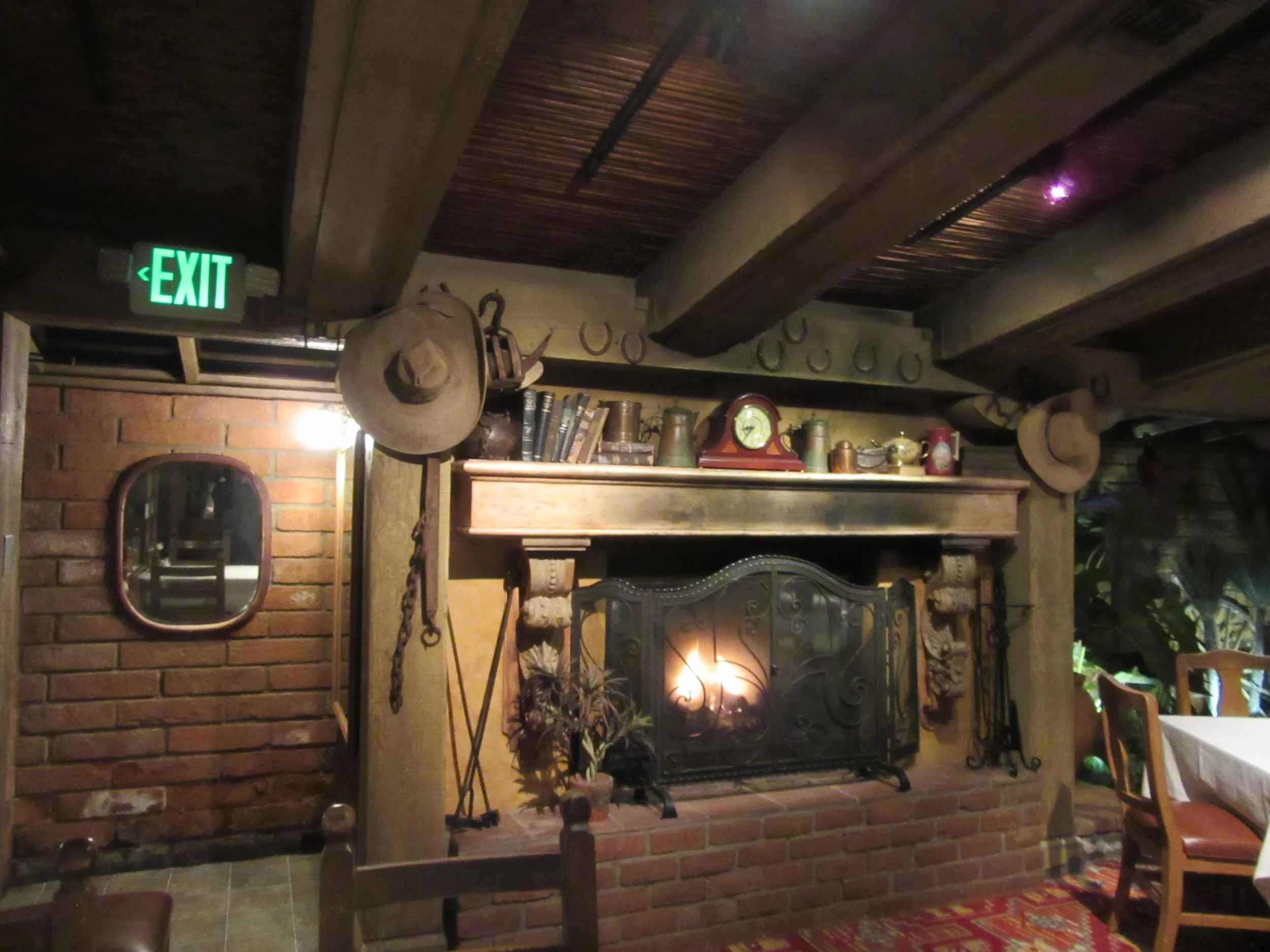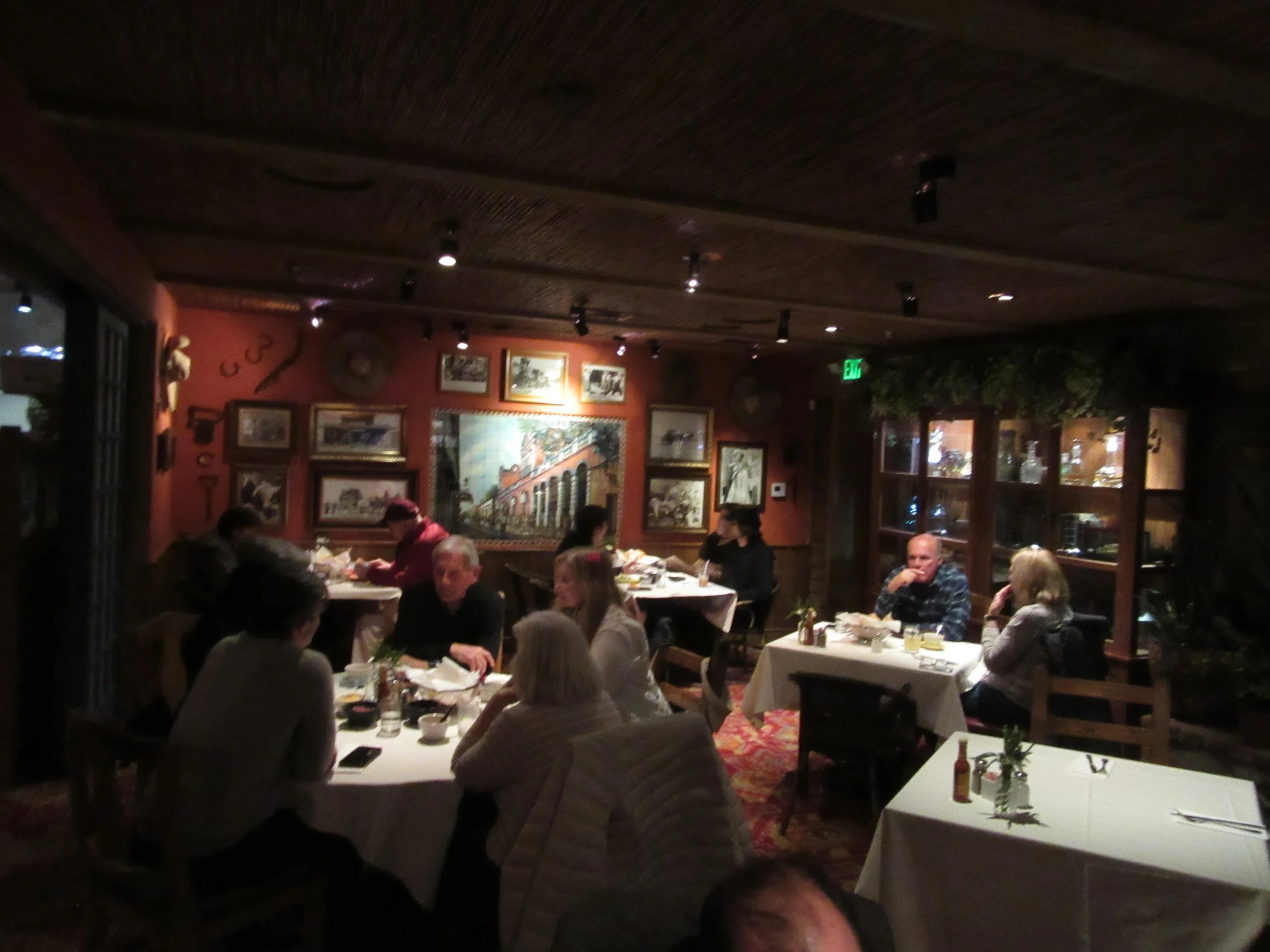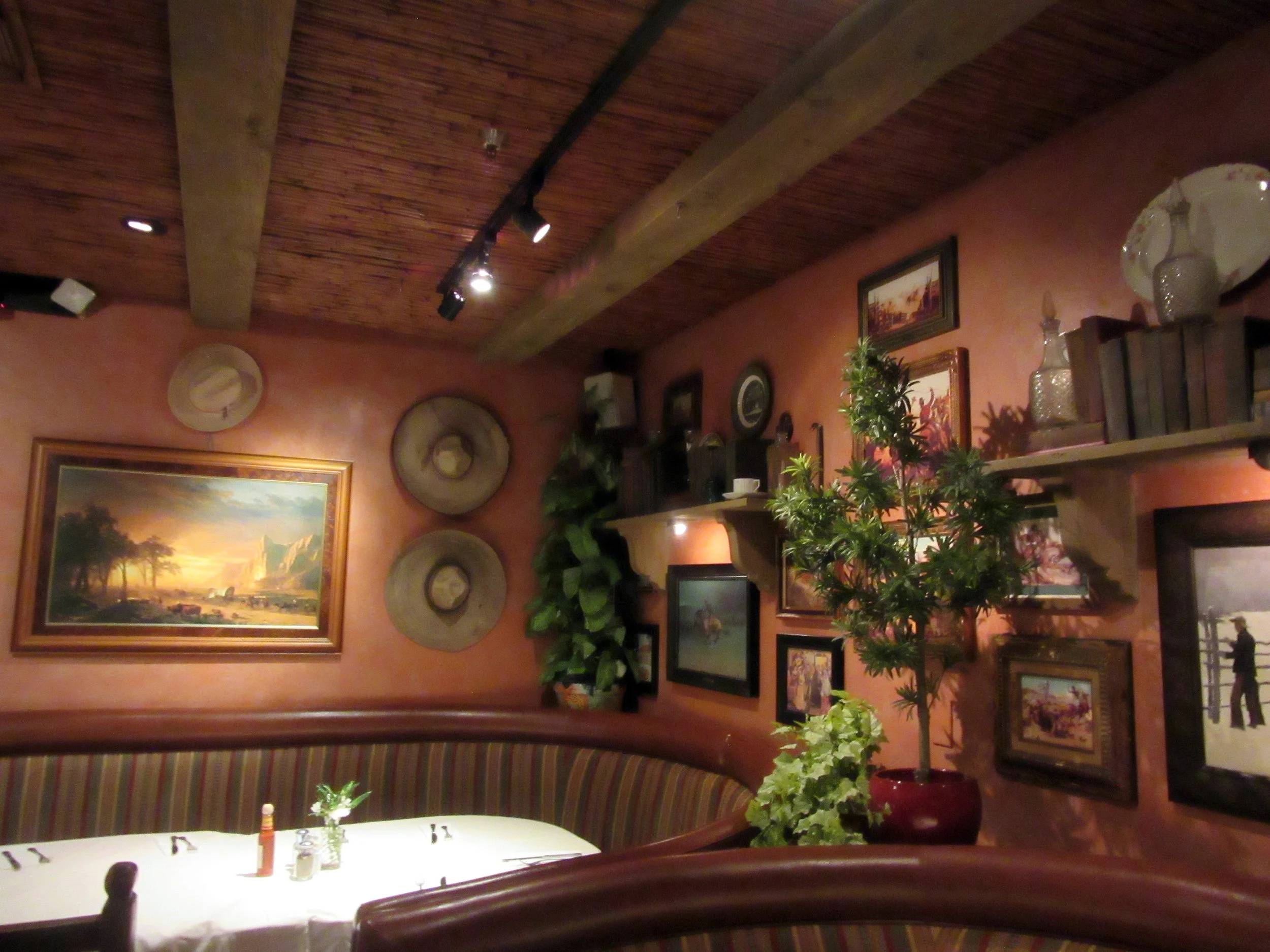Palos Verdes Peninsula's Historic Red Onion Cafe 60th Anniversary (1963 - 2023) By Historian, Archivist, Author, Expert Marc Wanamaker
Red Onion 1963
The story of the Original Red Onion restaurant is intertwined with the history of the Palos Verdes Peninsula. The Peninsula is named in Spanish as Palos Verdes or “Green Sticks” and was settled originally by the Tongva-Gabrielino Indians for thousands of years. The first contact with Europeans occurred in 1542 with Juan Cabrillo who had contact with the Chowinga and Suangna, Tongva settlements on the Peninsula. It wasn’t until the 18th century with the founding of the town of Los Angeles that the Peninsula became a part of the Rancho de los Palos Verdes in 1784. With the coming of the American era, in the late 19th century ownership of the land had passed from the Sepulveda family to Jotham Bixby of Rancho Los Cerritos, who leased it to Japanese farmers.
In 1913 Frank Vanderlip, a representative of investors purchased 25 square miles of land on the Palos Verdes Peninsula. In the following year Vanderlip was recovering from an illness on the Peninsula and loved the scenery so much he began to develop the land for a new subdivision.
By 1921 the proposed development had stalled and a new developer, Gardner Lewis raised funds and succeeded to begin development. He named the new subdivision, “Palos Verdes Estates”. It was during this period in the Peninsula’s history that improvements included infrastructure as sewers, water mains, roads, landscaping, parks, and a golf course. The subdivision opened in June of 1923.
With the onset of the Depression, many of Frank Vanderlip’s grand plans became unrealistic. By 1937 the Palos Verdes Project was in danger of losing its parklands to the County due to delinquent property taxes. A committee was formed to rescue the situation and, in 1939 a deal was reached with the County whereby delinquent taxes could be paid in installments and Palos Verdes Estates incorporated as a city.
After World War II, there was another boom in development in the Peninsula due to an influx of families that came to the Los Angeles area for a new life. In 1957 the cities of Rolling Hills and Rolling Hills Estates were incorporated, and the Peninsula’s main business district at the Peninsula Center was laid out. It was in 1963 that the Red Onion Café opened a branch on Silver Spur Road, beginning the historical era of the Earle family on the Palos Verdes Peninsula.
It all began in Tombstone Arizona when Catalina Castillo, originally from Sonora Mexico and her husband, Guillermo Spiva operated a small kitchen preparing meals for miners, perfecting the Mexican recipes that Catalina developed over the years. They had two sons but it was Enrique Spiva, ‘Harry’ who took over the business after losing his father in an accident. Later he became the step-son of William Earle. Harry moved to California, bringing with him his mother’s recipes. He found work in restaurants and lunch counters around Los Angeles in the prewar years and learned the food business. By 1942 he opened El Rae (Earle spelled backwards) restaurant at 1149 South Western Avenue in Los Angeles. The flavors of the recipes were directly from Catalina, his mother. Later Harry opened another restaurant called the Red Onion Café in Inglewood. Harry brought in his two sons, Bart and Don to learn the business. In 1958 Bart opened his own Red Onion Restaurant in Hawthorne.
Brown Derby image
Brown Derby image
By 1963 he opened the Palos Verdes Red Onion, where there were few restaurants at that time, beginning the tradition of the Red Onion in the Peninsula. He designed the place in Spanish Hacienda style, with a red-tiled roof and reclaimed bricks and inside, colorful tile flooring, red-leather booths and sombreros and serapes on the walls. Architectural antiques were added to the décor, such as doors from the La Posada Hotel in Winslow Arizona when it closed. Over the next few years, the Peninsula restaurant became the company’s flagship among several more locations added later. By 1975, the family had thirteen locations each with a different look.
Bart’s son Jeff began working at the restaurant in the summer seasons during his school years and after working in the political world he returned to the restaurant business in 1994 and by 1996 purchased his father’s interest in the Original Red Onion in Rolling Hills Estates. Jeff up-dated the menu and added more Spanish Rancho and Los Angeles restaurant memorabilia to the interior giving the restaurant a unique and fun atmosphere. Jeff who was interested in history purchased at a Hollywood auction Brown Derby Restaurant memorabilia. In the collection were photographs, menus and most important, originals and copies of Hollywood Star caricatures signed by important artists of the 1930s-40s. Jeff created a “Brown Derby” room in the restaurant where guests can see everything on display on the walls.
The Palos Verdes Red Onion now in its 60th Anniversary has been a home away from home for the residents of the peninsula and those of us who live in the Los Angeles area, and continue the tradition of the historic restaurants in the Los Angeles area. Angelenos are losing the historic restaurants that added to the culture of Los Angeles. We historic restaurant patrons appreciate the Red Onion surviving into the 21st century and its place within the history of the Palos Verdes Peninsula now having its 100th year Anniversary when the Palos Verdes Project opened to the public in June of 1923.
Marc Wanamaker is a native of Los Angeles and lived in the West Hollywood-Beverly Hills all of his life and attended Beverly Hills and Los Angeles schools and graduated from Los Angeles City College, California State University at Northridge and continued graduate work at UCLA and USC in the fields of Theatre, Music and History. For five years Marc Wanamaker was an instructor at UCLA Extension teaching the history of the Motion Picture Industry in the United States.
Marc Wanamaker is also an author working freelance on book, newspaper, magazine projects amassing a body of work authoring over forty books and contributing to many others over the years. Examples of titles include; Star Profiles (1984), Reel Women {1991), Hollywood Handbook (1996}, Hollywood Haunted (1999}, Destined for Hollywood (2001), Hollywood Past and Present {2002), Los Angeles Past and Present (2004), Early Beverly Hills (2005), Early Hollywood {2007), Theatres in Los Angeles (2008), Westwood (2009), Early Warner Bros. Studios (2010), Location Filming in Los Angeles {2010}, Griffith Park (2011), San Fernando Valley {2011}, Malibu {2011), Movie Studios of Culver City, Early Paramount Studios (2013), Early Poverty Row Studios (2014), Max Factor and Hollywood (2017), Paramount City of Dreams {2017), The Cochranes and the founding of Universal Pictures (2018), Hollywood's Lost Backlot-Culver Studios (2019} and Hollywood Trains and Trolleys (2020). Marc Wanamaker is currently working on book and film projects and contributing historical materials and information to all media world-wide.
Link to podcast:
The History of Hollywood with Marc Wanamaker on Apple Podcasts

